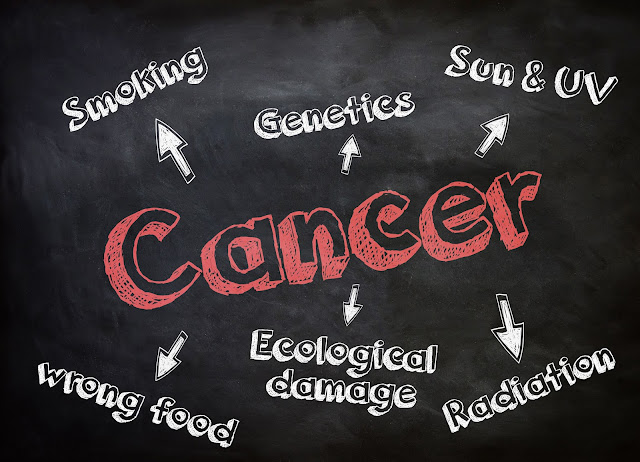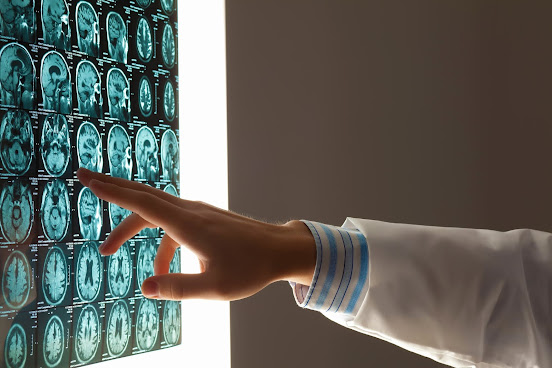Breast cancer: What you should know?

Everyone contains at least a small amount of breast tissue composed of connective and fatty tissues. In women, it consists of specialized milk producing glands (lobules) which are further connected to nipples by a series of small channels (ducts). Any abnormal growth within breast tissues can lead to breast cancer . What is Breast cancer? Breast cancer occurs when any of the cells of breast tissues grow uncontrollably creating a mass of cells and formation of tumor. This cancer is the 2nd most common gynaecological cancer after skin cancer and 2nd leading cause of death after lung cancer among women, according to NCI (National cancer institute) data. It may also occur in 1% of men. It originates in the breast or can invade nearby lymph vessels and other parts of the breast. This cancer spreads to other surrounding tissues such as skin or chest wall and other parts of the body through the bloodstream (metastatic breast cancer) in some cases. Causes and risk fact...

